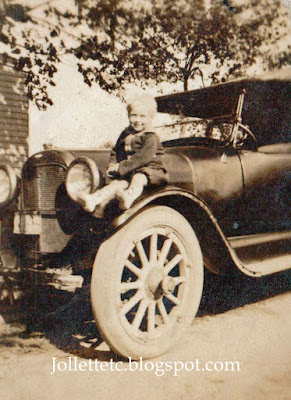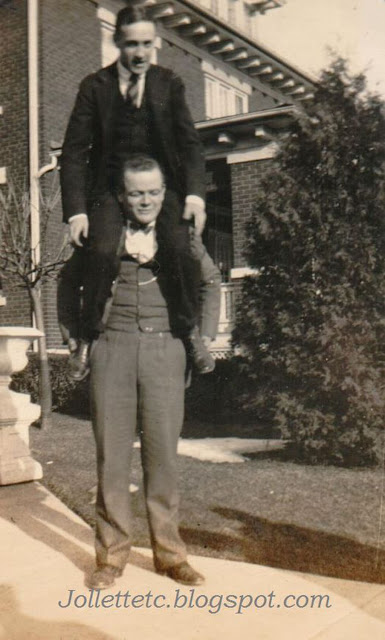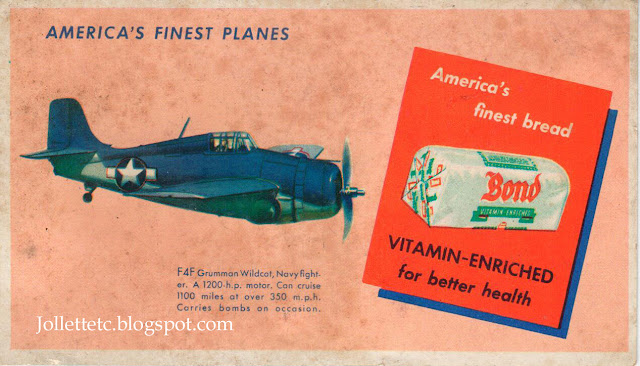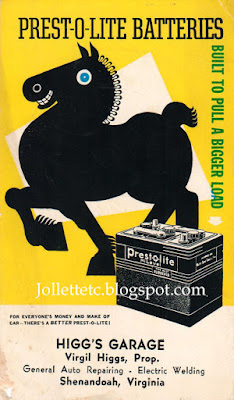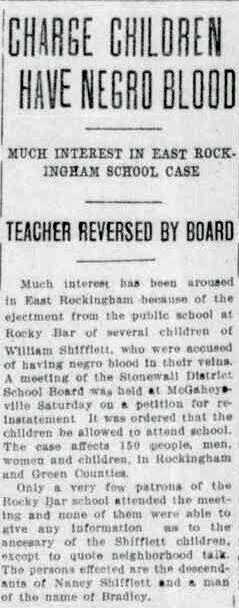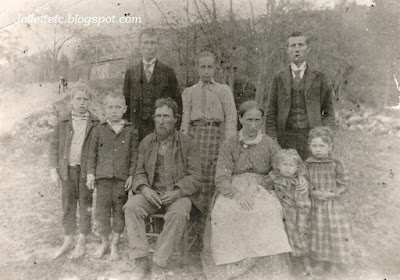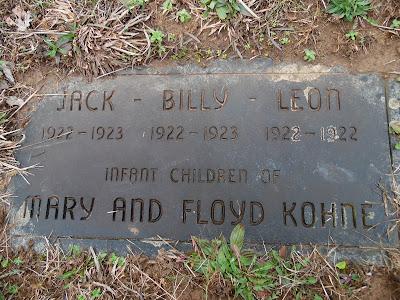 |
| My great-grandfather Walter Davis |
You’ve probably heard the saying “A son is a son till he
takes a wife; a daughter is a daughter the rest of her life.” That is probably
why I have more photos of Mary Frances Jollett Davis’s side of the family than
I do of Walter Davis’s family. I have spent so much time on the Jolletts that I
feel as if I actually knew her sisters and brothers.
I cannot say the same for Walter and his 14 brothers and
sisters. They are just faceless names.
But that is beginning to change. The Virginia Legislature
recently approved unlocking records on FamilySearch to remote users enabling me
to find new information about my Davis line in Rockingham County. One name that makes a frequent appearance in
land records is that of Walter’s older brother Amaziah Nathaniel (20 Feb 1858 –
22 Feb 1934).
The sheer number of deeds makes Nathaniel appear to be a
real mover and shaker, a wheeler and dealer, a man living large in the Beldor
community in the eastern portion of Rockingham County, Virginia. One of the
earliest deeds was dated December 1892. Nathaniel and Annie Long had been married about
13 years when the land that originally belonged to his grandmother’s brother
Frederick Wyant was offered for sale by the heirs of a subsequent owner, Mary
Gilmer.
The Frederick Wyant tract contained 123 acres. That was a
good size plot of land for a farm at that time. Nathaniel paid $1000. I have
read many a deed in my years of research and rarely have I come across that
high a purchase price.
 |
| Rockingham County Deed book 45 p 203 |
This Deed made this 15th day of December, one
thousand eight hundred and ninety-two (1892) between William H. Hickle and Ella
F his wife, Thomas A. Sellers, Oscar D. Sellers & Virginia Sellers his
wife, parties of the first part and Amaziah Nathaniel Davis party of the second
part, all of the County of Rockingham and State of Virginia,
Witnesseth, that the said parties of the first part for
and in consideration of the sum of one thousand Dollars current money of the
United States cash to them in hand paid by the party of the second part, the
receipt whereof is hereby acknowledged, have granted, bargained, sold and
conveyed, and by these presents do grant, bargain, sell and convey with general
warranty of title unto the said Amaziah Nathaniel Davis, his heirs and assigns
a certain tract, piece or parcel of land, and the appurtenances thereto
belonging and is known as being a part of the “Old Frederick Wyant Tract of land”
situate lying and being in the eastern part of said County, in the Blue Ridge,
on the Simmons Gap Road, and is bounded as follows, Beginning at a Marked Chesnut
by the side of the Simmons Gap road, thence S 70° E 164 2/10 poles to a Hickory
in the line of the lands claimed by Franklin Davis, thence with his line S 26° W
32 poles to three Chesnuts one cut down, John Wyant’s corner and with the
bearing of his land (under date of ~ ) as called for by his papers N 75° W
130 poles to a Locust stake on bank of Creek, corner to Dower lot of widow of
Peter Wyant dec’d [Frances Wyant Davis, grandmother of Nathaniel Davis], and
thence up the several courses of the South West branch of the Hawkesbill (said
creek) to a stump, formerly a Sycamore thence S 7° W (by said John Wyant’s
Survey) 166 poles to a White Pine in Lawson’s line, thence West 28.32 poles to
a stake, thence N 17 1/2° E 257.12 poles to a Boxed Pine, thence N 8° E
56 poles to a marked pine, thence N 70° E 45 poles to the Beginning, embracing all
the lands included in said boundary, supposed to contain 123 acres, be the same
more or less. It is further covenanted and provided that the widow Elizabeth
Wyant (Frederick Wyant’s widow) is entitled to the same privileges in this
conveyance as are in the deed made by her and others to Mary M. Gilmger on the
10th day of November 1877. To have and to hold the said tract, piece
or parcel of land and the appurtenances as aforesaid, to him the said Amaziah
Nathaniel Davis his heirs and assigns forever,
Witness the following signatures
It’s a good thing Nathaniel bought that land. It saved
him a couple times as we will see in the coming weeks of "52 Ancestors in 52 Weeks."
Amy Johnson Crow continues to challenge genealogy
bloggers and non-bloggers alike to think about our ancestors and share a story
or photo about them. The challenge is “52 Ancestors in 52 Weeks.”
Wendy
© 2020, Wendy Mathias. All rights reserved.




